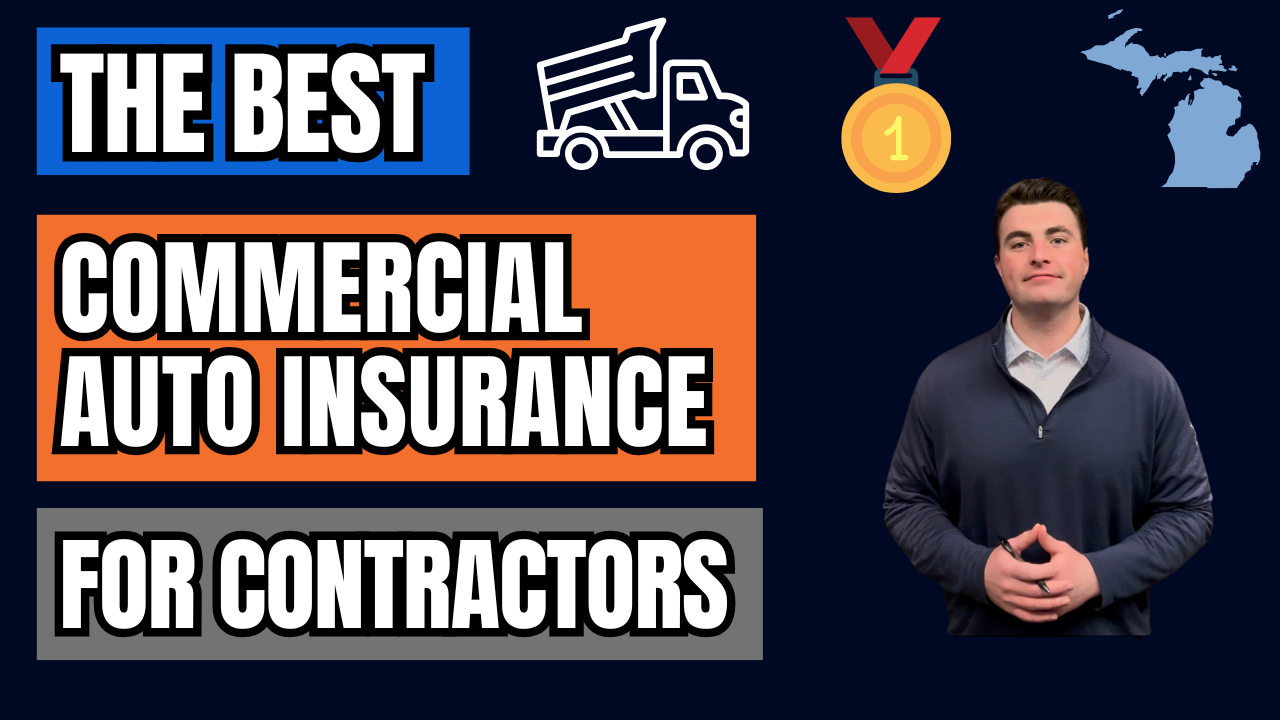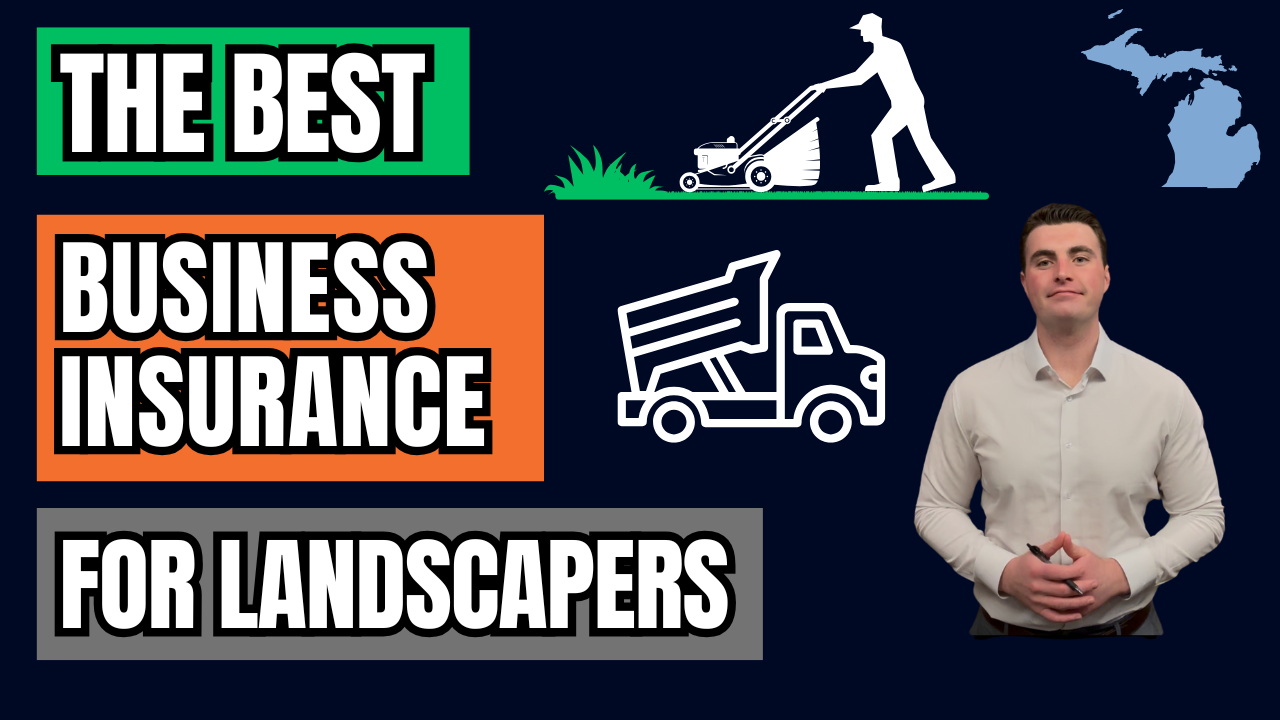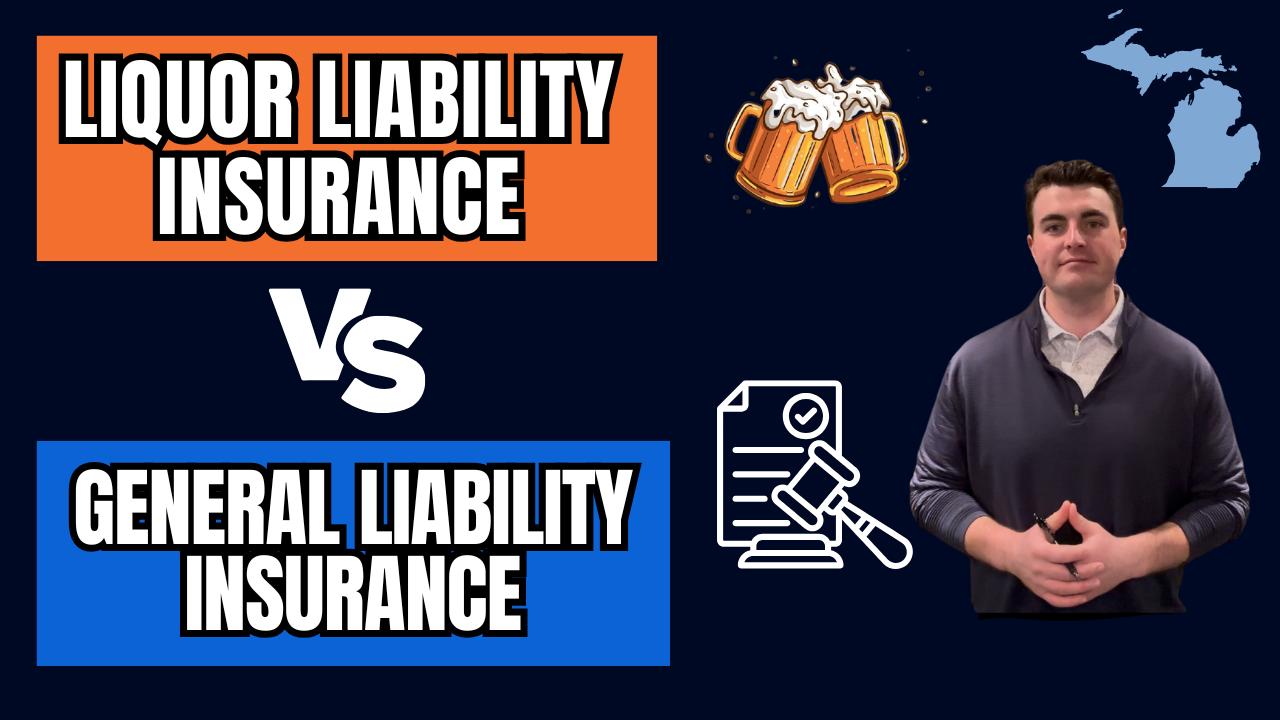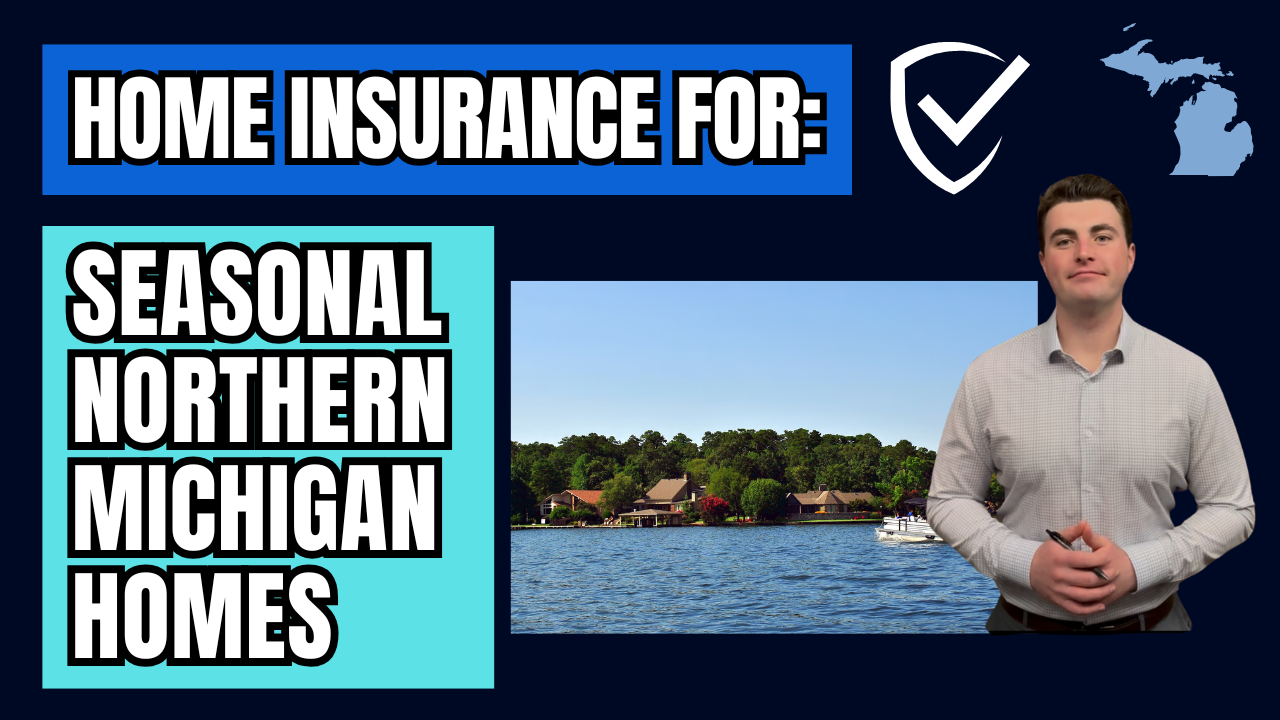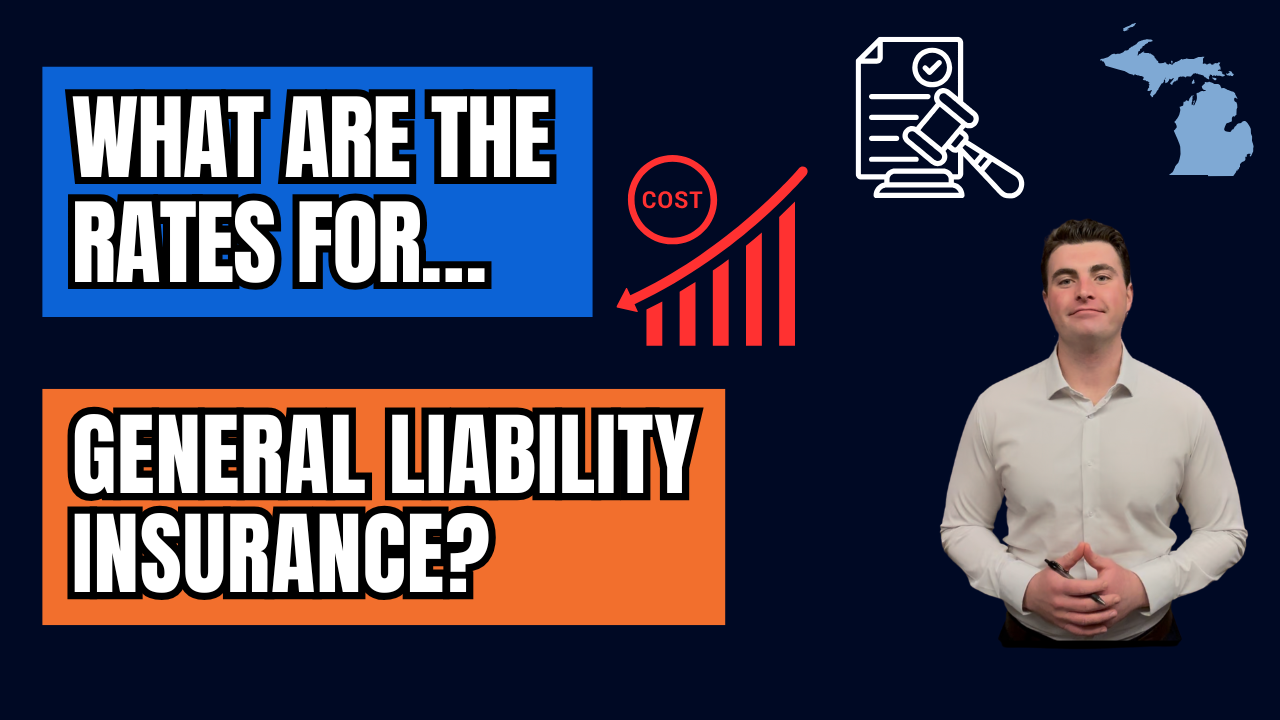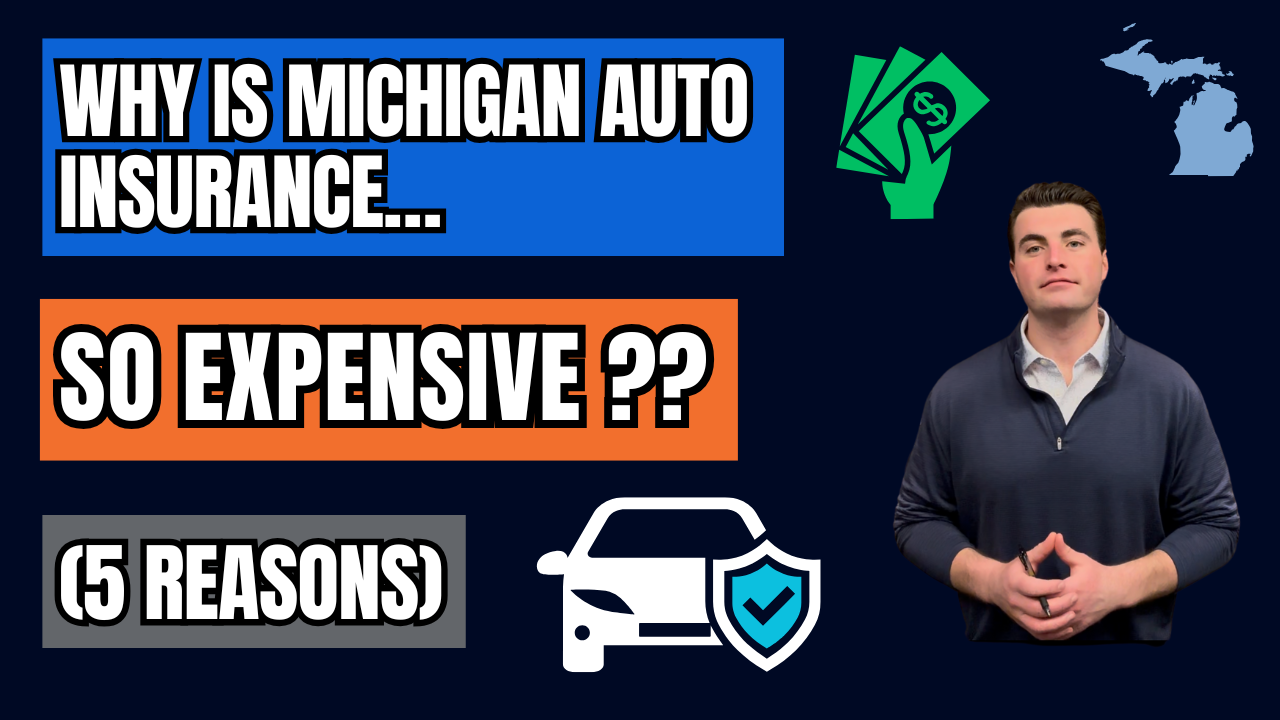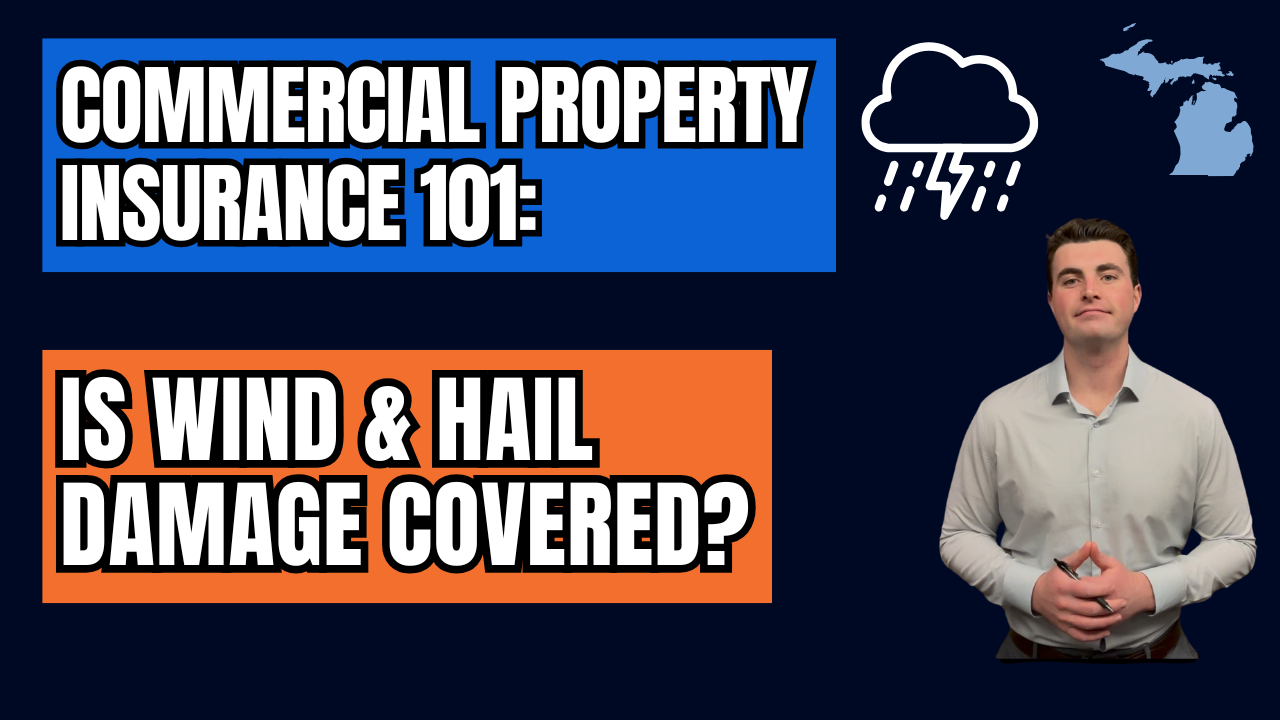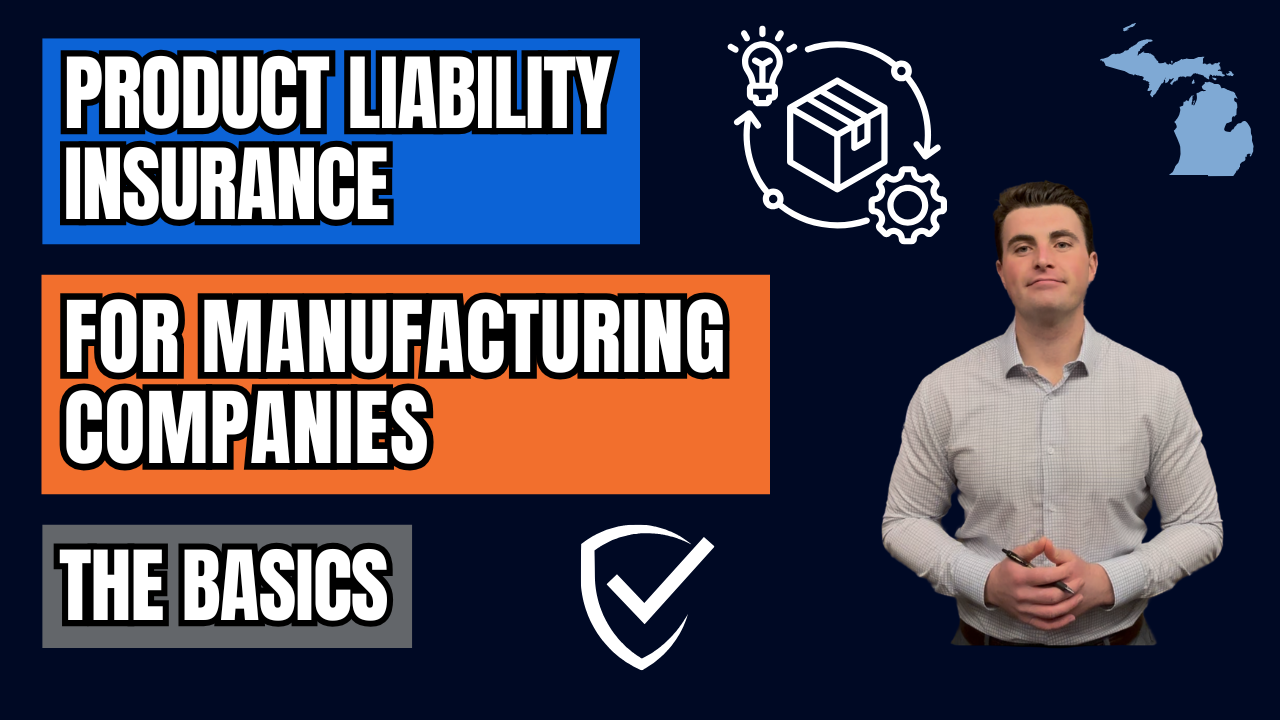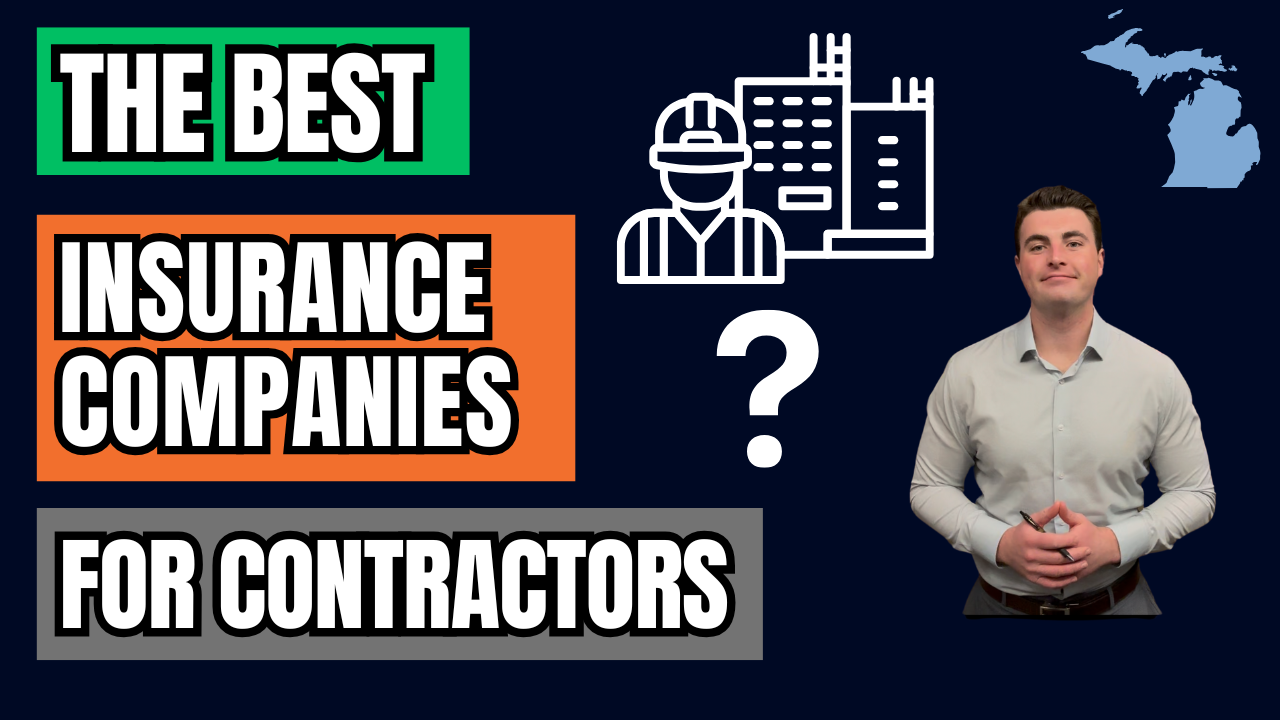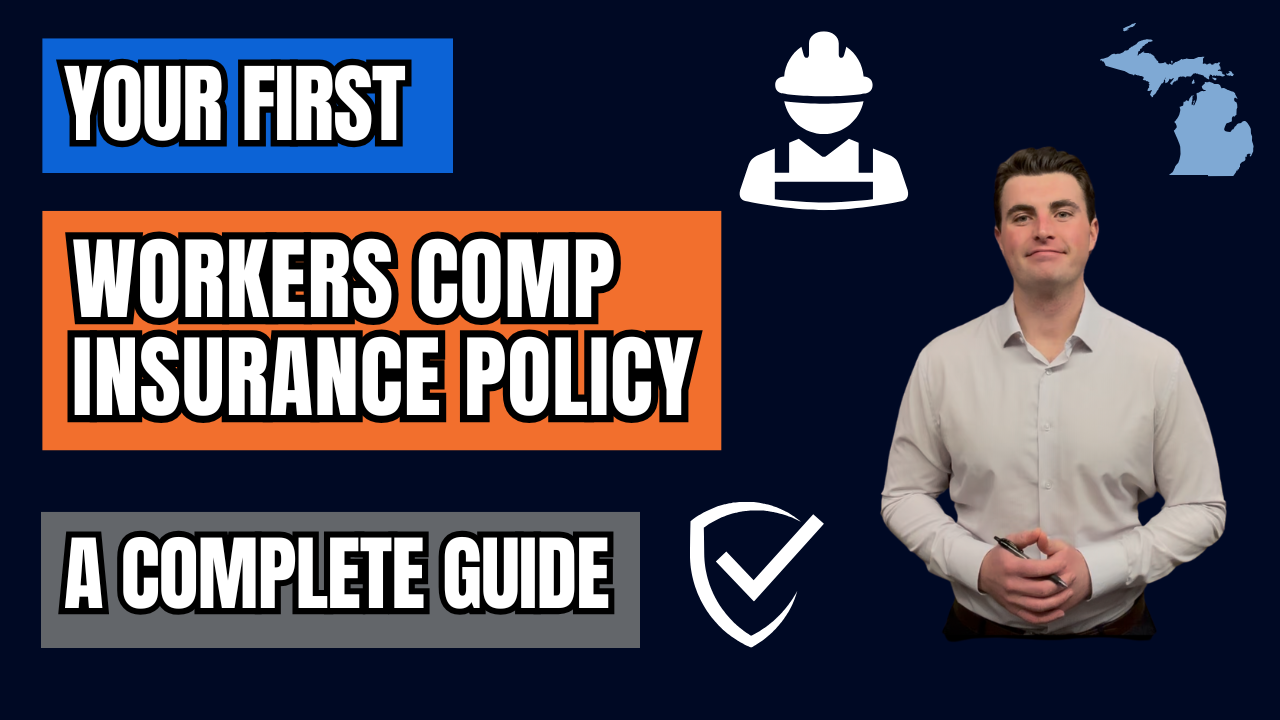What Is Management Liability Insurance? (Everything You Need To Know)
What Is Management Liability Insurance? (Everything You Need To Know)
Management liability insurance is a suite of insurance policies designed to protect the personal assets of your company’s executives and the organization itself from claims arising out of the decisions made by leadership. If your business has a board of directors, key decision-makers, or offers employee benefits, this coverage is essential.
Types of Coverage Under Management Liability Insurance
A standard management liability policy typically includes three core coverages:
1. Directors & Officers (D&O) Liability Insurance
Protects executives and board members from claims of mismanagement, breach of fiduciary duty, or poor decision-making that result in financial losses or lawsuits.
2. Employment Practices Liability Insurance (EPLI)
Covers claims made by employees or applicants related to wrongful termination, harassment, discrimination, retaliation, or failure to promote.
3. Fiduciary Liability Insurance
Protects businesses and plan fiduciaries against claims of mismanagement of employee benefit plans, such as retirement accounts or health insurance benefits.
What Does Management Liability Insurance Cover?
Management liability coverage typically includes:
- Legal defense costs – even if the company is not found liable.
- Settlement amounts or judgments – from covered lawsuits.
- Regulatory inquiry costs – including investigations from agencies like the EEOC or SEC.
- Reputation management expenses – like public relations support after a claim.
Why Is Management Liability Insurance Important?
Executives, managers, and business owners face an increasing number of risks—many of which can lead to costly legal actions. Management liability insurance helps:
- Protect personal and business assets
- Provide peace of mind for key decision-makers
- Strengthen your company’s risk management strategy
- Fulfill requirements from lenders, investors, or board members
Key Recommendations When Buying Management Liability Coverage
- Review your coverage limits – Make sure your limits align with your company size, risk profile, and industry.
- Understand what’s excluded – Every policy has limits and exclusions. Know what is not covered.
- Be aware of claims-made triggers – These policies only cover claims reported during the policy period.
- Consider tail coverage – This extends protection for claims made after the policy ends for prior acts.
Common Mistakes to Avoid
- Underestimating your risks – Don’t assume your business is too small to be targeted by lawsuits.
- Overlooking EPLI – Employment-related lawsuits are among the most common.
- Neglecting policy reviews – Reassess coverage regularly as your business evolves.
- Failing to read the fine print – Know your policy’s terms, triggers, and exclusions.
Conclusion
Management liability insurance isn’t just for large corporations—it’s for any business with leadership teams making decisions that impact others. With the right D&O, EPLI, and fiduciary coverage in place, you can protect your company and its leaders from costly legal and regulatory risks.
Don’t wait for a claim to realize you’re unprotected—review your policies, assess your exposures, and secure the coverage you need today.
Contact Us
We will get back to you as soon as possible.
Please try again later.
